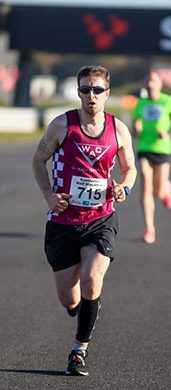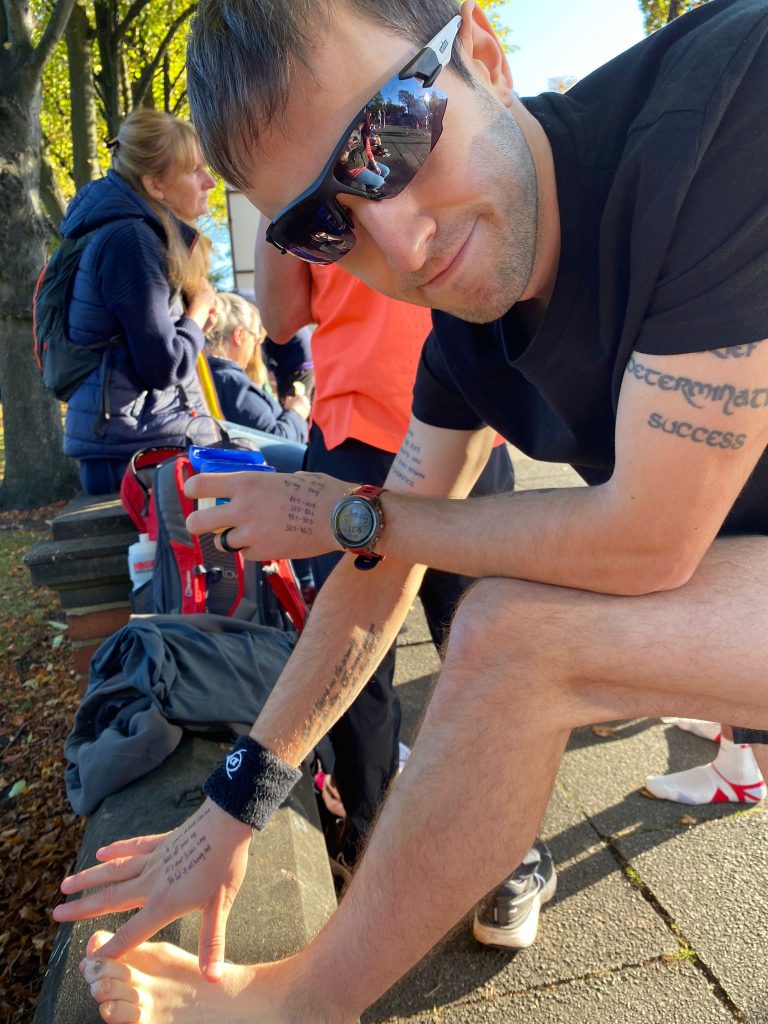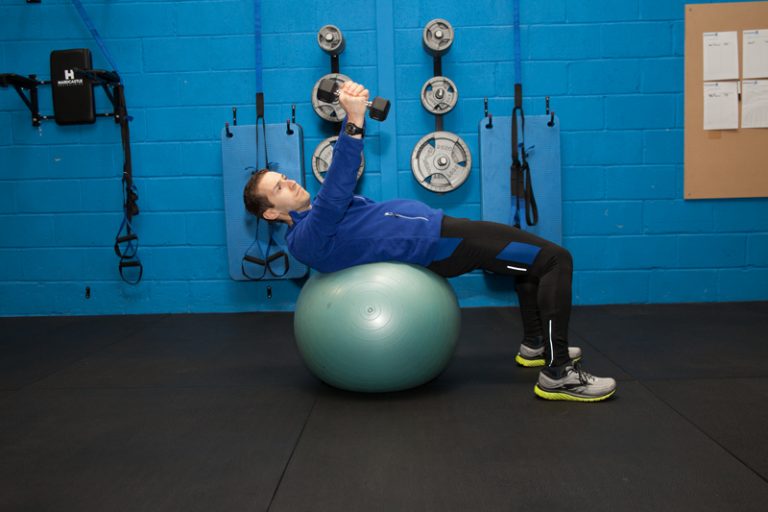In the current climate of understandable concern and adjustments to daily life during the Coronavirus outbreak, it’s a good opportunity to address something that often only professional athletes/runners really do well. Periodisation.
What is periodisation?
It’s actually pretty straight forward. You work through a period of time, often 6-8 weeks, focusing on one particular area. For a distance runner, it may be building mileage ahead of a marathon, or working on fewer miles than usual but increasing the pace. Each change in method links to the end goal of the athlete. Nobody, not even the best runners in the world, keep up their 100-120 mile training weeks all year round.
Why periodise training?
Like anything you put more work and attention into, you’re going to get better at it. Changing the types of running session you do, makes you better at the required discipline. Specificity of training to your goal is key to achieve the best results.
How to periodise for your marathon
Off the back of spring marathon training and racing, you’ll want to take a couple of much lighter weeks, even if you missed the race for some reason. Generally speaking, we want to get faster or perform to a better standard in our next race (faster may not be an option if you’re going from a fairly easy course to a much harder marathon like New York).
If you want to run faster, you need to… run faster. Get used to the feeling of discomfort from a psychological standpoint, but also this lets your body adapt physiologically including more red blood cells and more alveoli (air sacs in the lungs).
If you do sessions geared towards 10k and half marathon, it’ll see the paces you’re running at be much lower when it comes to increase mileage, plus you’ll be faster when it comes to racing 6.21 and 13.11 miles of course.
Planning your periodisation
If you’re 6 months out from your next marathon, you can really get some great results. Start by planning backwards. You know your last 8 weeks is when you really need to be into your high mileage weeks with long runs, with the last 2-3 weeks of that mesocycle or “block” being your taper. That leaves you roughly 4 months or two 8-week mesocycles to focus on making some speed improvements.
Mesocycle 1 would ideally be very much focused on speedwork, including some sprints to encourage strength improvement in your hamstrings, and some mid-length runs around 8-10 miles at the weekend to keep the total workload from dropping too low.
In mesocycle 2, you’ll start to increase the long runs a little, making them around 12-14 miles of easy running, and increasing the length of your interval sessions by either increasing the number or length of intervals.
By the time mesocycle 3 starts and you’re into traditional marathon training with less pace and more length on your runs, you’ll be that much faster than last time round.
Give this a go and see how much it helps.
Written by Kyle Brooks, Running Coach based in Norwich, Norfolk






